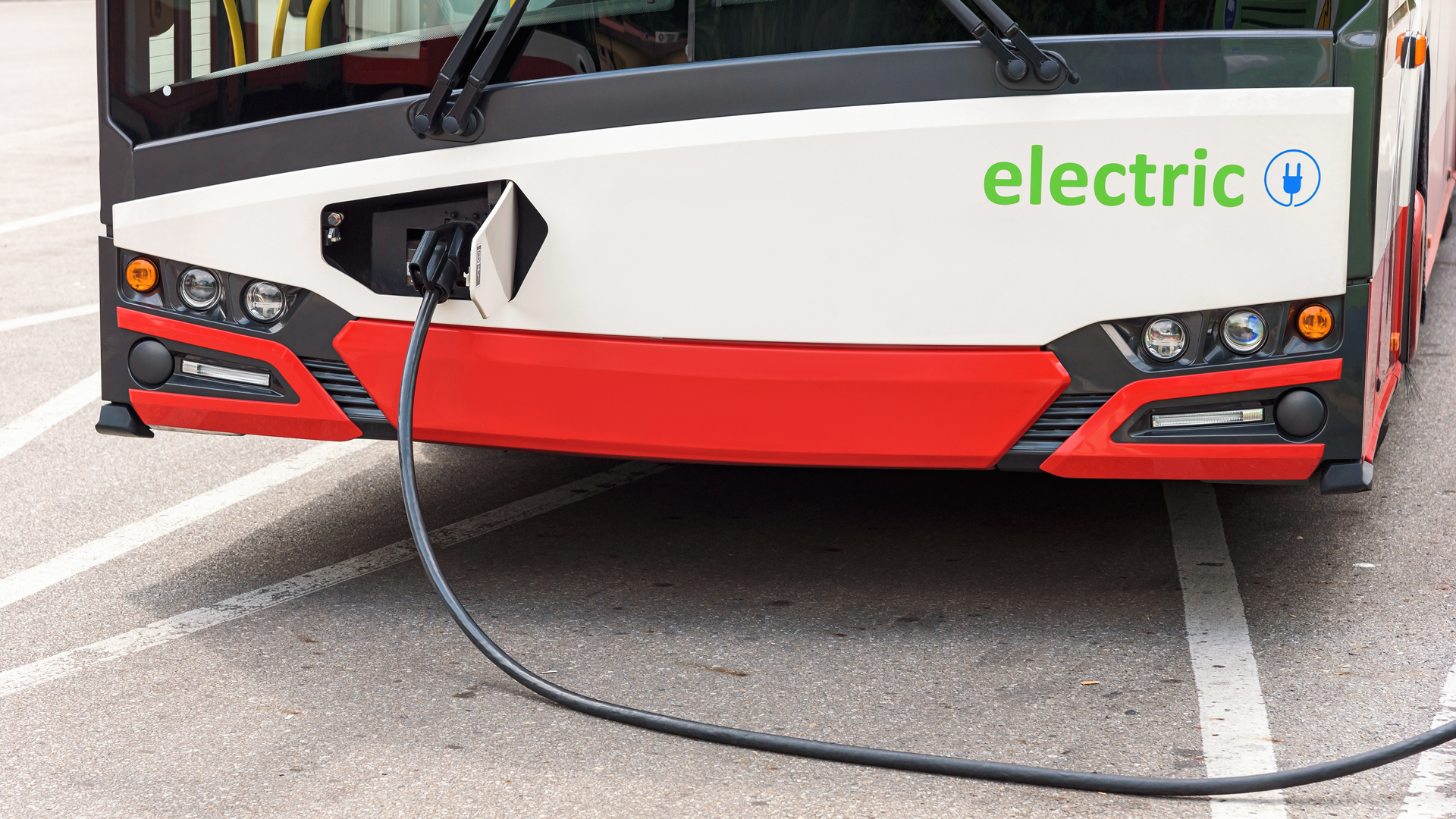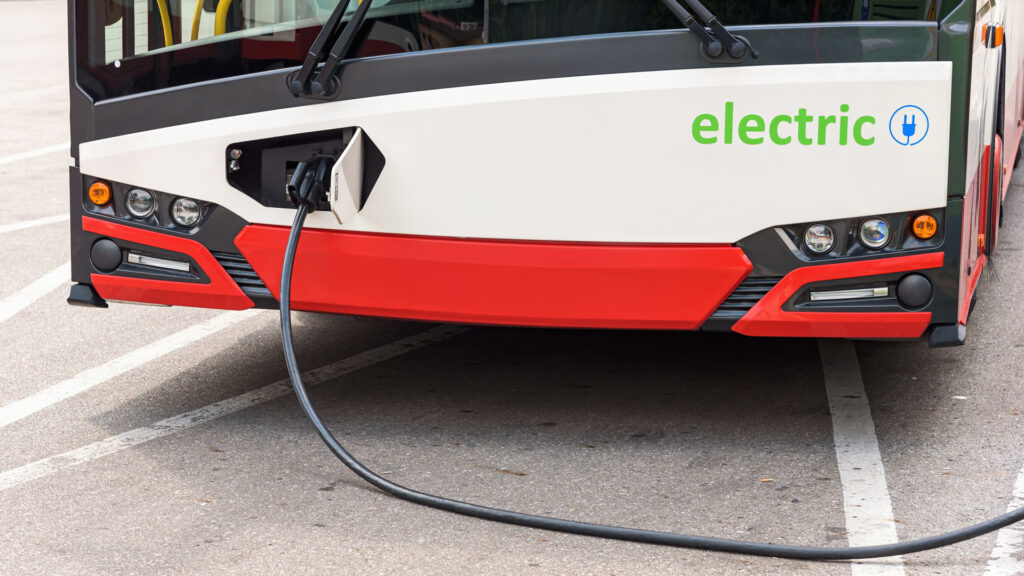While we’ve seen a large uptake in the number of people (and businesses) opting for Electric Vehicles (EVs) in place of their petrol and diesel equivalents, there’s still plenty of work to be done in order to make e-mobility work on the commercial front.
The Current Problem
Travelling long distances, in vehicles that require a lot of energy to power them, is currently a sticking point for commercial businesses, as they need to be able to guarantee their vehicles can get from A to B, and back again, on a full charge in order to keep their operations efficient.
The question is, what steps need to be taken in order to make e-mobility a real world possibility when it comes to commercial vehicles?
The ACEA (European Automobile Manufacturers’ Association) recently published a Master Plan which highlights the necessary steps that are required to be taken to work towards e-mobility for commercial vehicles (CV) and light commercial vehicles (LCV).
The whitepaper provides transparency on the infrastructure and investment needed in order to reach the EU’s ‘Fit for 55’ CO2 reduction targets and also creates awareness of the factors that may slow down deployment of EV charging infrastructure.

Key Findings in the EV Charging Infrastructure Master Plan
The EV Charging Infrastructure whitepaper highlights some key areas where significant changes need to happen in order for the commercial world to be able to benefit from e-mobility.
A balance of both private and public investments is required
This is to ensure the fast build-up of charging infrastructure across Europe, especially for public on-street charging for EV owners without home chargers
In total up to €280bn investments are necessary until 2030
The research suggests that across Europe, €280bn worth of investments will be necessary, before 2030, in both private and public charging infrastructure, grid upgrades and renewables.
€11bn of investment required for CVs and LCVs
Of the €280bn investments, €11bn of this will be required for EV public charging infrastructure that’s suitable for use by commercial vehicles and light commercial vehicles.
Up to 14,000 public charging points need to be installed per week
In order to achieve the goals being set for e-mobility, there needs to be up to 14,000 public charging points being installed each week across Europe. Currently there are only up to 2,000 being installed each week.
Grid upgrades due to EVs will cost €41 bn by 2030
Grid upgrades due to electric vehicles will cost €41 bn by 2030, which is 11% of the total Distribution System Operators (DSOs) investments into electrification of buildings and mobility and the transition to fossil-free electricity generation.
We view the data and research, contained within the report, as a significant step forward for electric vehicles and e-mobility, especially when it comes to commercial vehicles.
There is clearly a lot of work and investment required in order to create the charging infrastructure that’s needed for commercial operations to be able to survive using fossil-free distribution.
Want to see more of the data around EV Charging Infrastructure and e-mobility for commercial vehicles?
Click the button below to read the full whitepaper.








